For god sake, take the middle square!!!
Ah, the BBC Test Card - or to be more exact Test Card F. Many an hour was spent starring at this image, waiting for whatever show was about to come on and begin a new day of television. In this world of 24 hour broadcasts, the Test Card has become something of a thing of the past. But where did it originate from and why? We explore...
Pre-dating the type of test card we're more used to was the "Tuning Signals", with the first of these broadcast by the BBC in 1934. As above, it was a simple line and circle broadcast using Baird's 30 line system, and was used to synchronise the mechanical scanning system. This is essentially what test cards were for; calibration, alignment, and matching of cameras.
Test Card A made its debut in the late 1940s. Test Card B (above) was very similar to Test Card A - the only difference was it had an extra greyscale stripe below
the circle - but was never broadcast (although it was possibly used
for by BBC engineers for internal use). The original card has since gone
missing.
Test Card C (below) was first broadcast in 1948, and was the first test card to resemble the famous Test Card F. Test Card D arrived in 1964, and was quickly joined by Test Card E, made to
accommodate the 625-line system on the recently launched BBC2, as opposed to the 405-line
system of Test Card D.
Arriving in 1967, the famous Test Card F was the BBC's longest-running and most famous test card, and used not only on television in the United Kingdom but in countries elsewhere in the world for more than four decades!
The central image on the card shows eight-year-old Carole Hersee (born 1958) playing noughts and crosses with Bubbles the Clown, surrounded by various greyscales and colour test signals used to assess the quality of the transmitted picture.
It was first broadcast on 2 July 1967 (the day after the first colour pictures appeared to the public on television) on BBC2, and was developed by a BBC engineer, George Hersee (1924–2001), father of the girl in the central image.
Test Card F remained in use and frequently broadcast during downtime on BBC Television until the early 1980s, but was still seen before the start of programmes until BBC1 began to broadcast 24 hours a day in November 1997, and on BBC Two until its downtime was replaced entirely by Pages from Ceefax in 1998, after which it was only seen during engineering work, and was last seen in this role in 1999. Test Card F was even occasionally seen on ITV in the 1970s,.
There have been many different Test Card F variations (including a widescreen update of Test Card F called Test Card W - above), and it's been followed by a variety of other BBC Test Cards, though none have gained any such notoriety as Test Card F. It's legacy has even inspired many copycat test cards, including one for Sky's HD who designed their test card to look like Test Card F, but with Myleene Klass replacing Carole Hersee....
And still she doesn't go for the middle square! Madness!!!
Post Top Ad
Tags
# BBC. Test Card
# Feature
# Miscellaneous
Miscellaneous
Labels:
BBC. Test Card,
Feature,
Miscellaneous
Subscribe to:
Post Comments (Atom)





























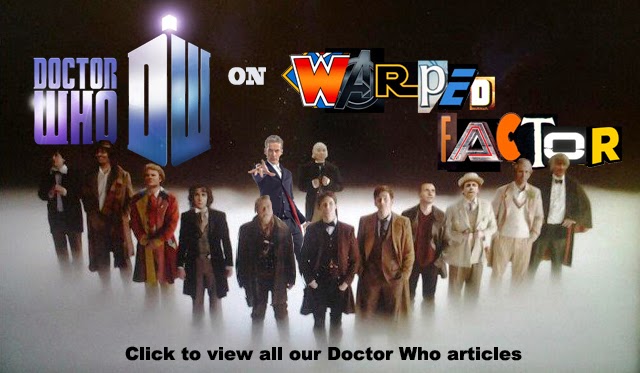

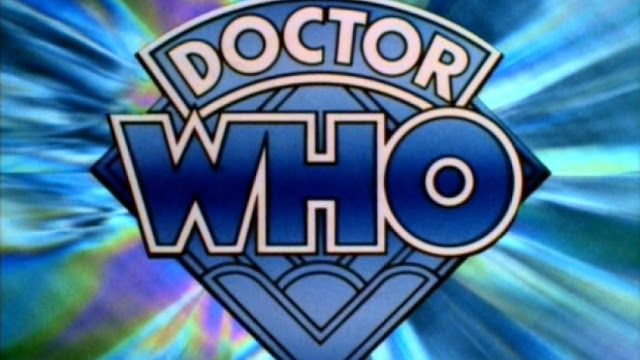

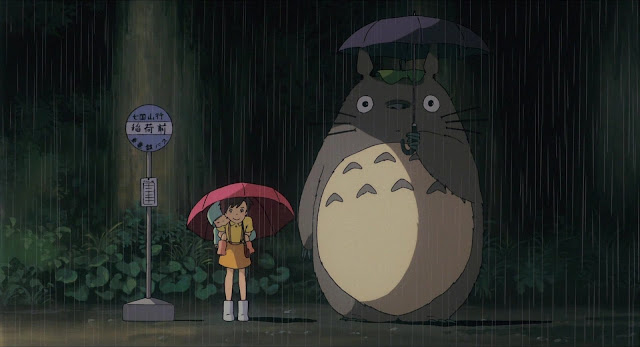
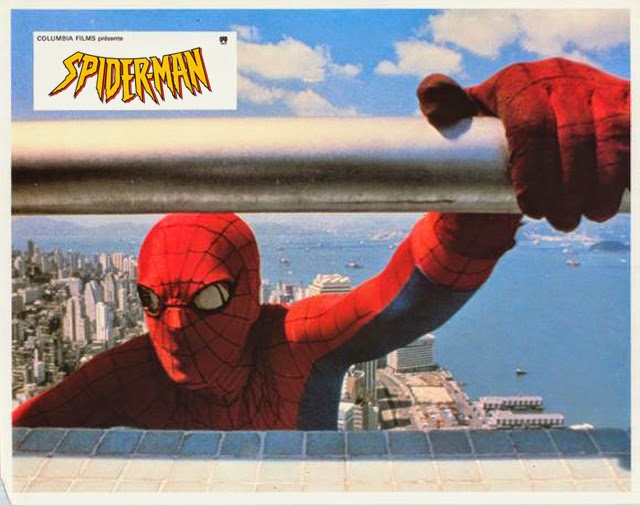
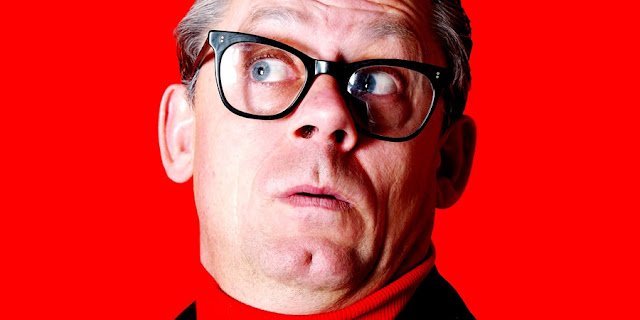
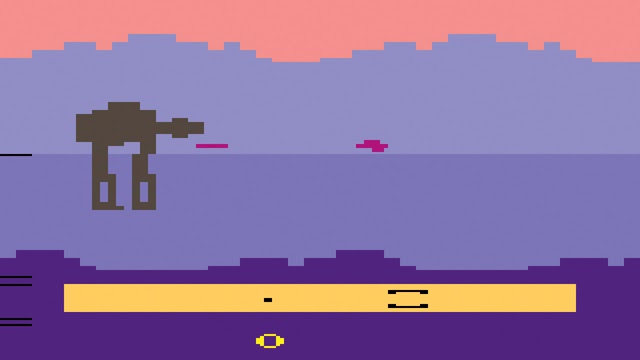
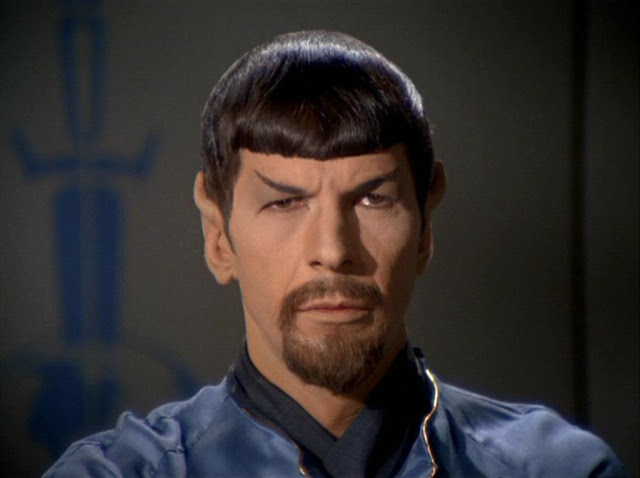
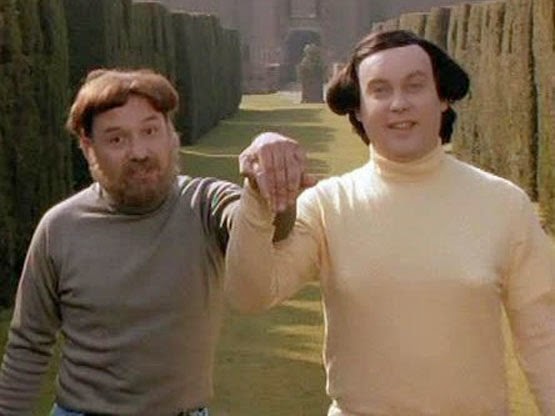
No comments:
Post a Comment